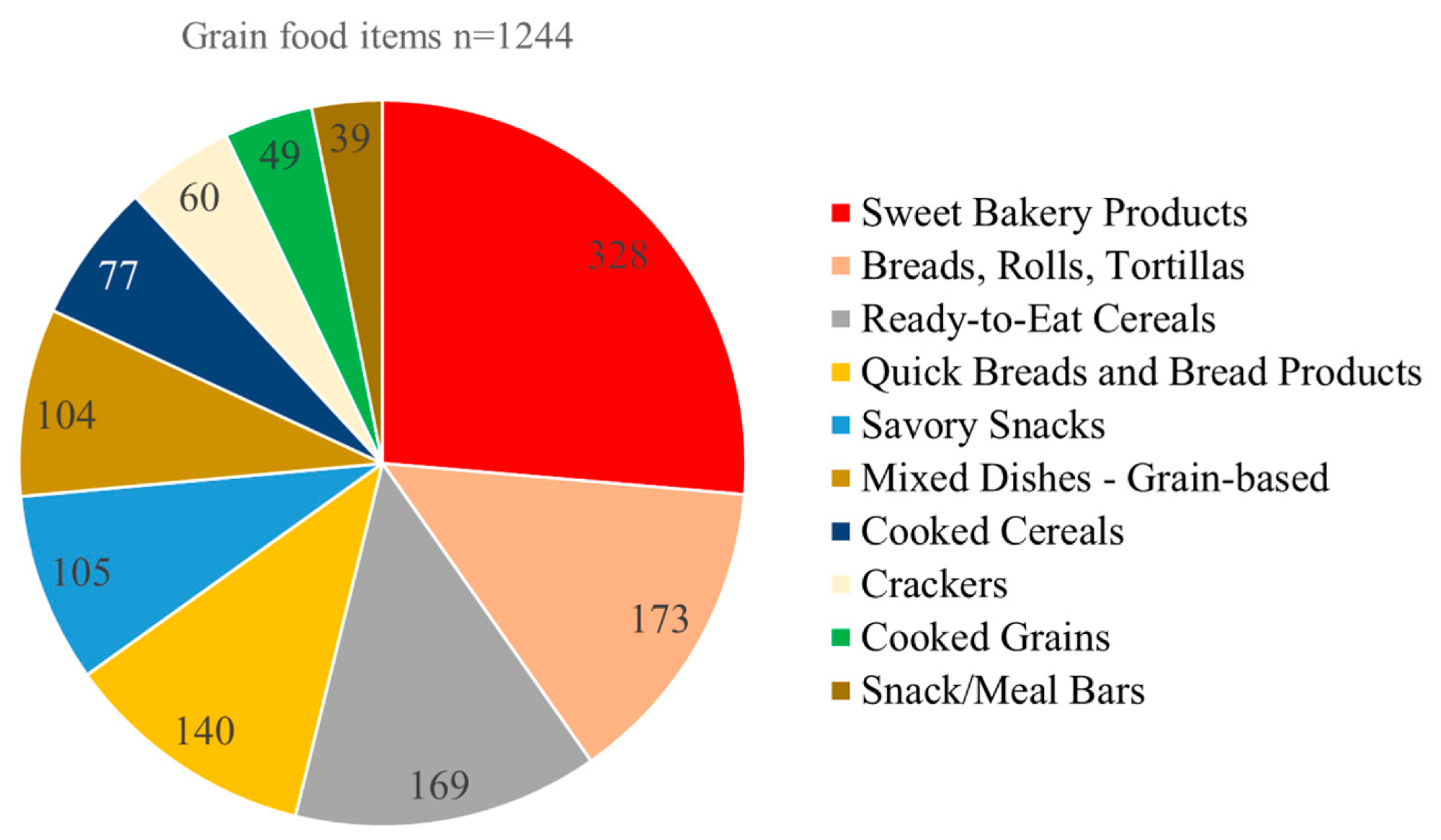A new study shows that both whole and fortified grains can help Americans eat better, weigh less, and improve insulin levels, offering an affordable, accessible path to better health.
Review: Healthy Grains in Healthy Diets: The Contribution of Grain Foods to Diet Quality and Health in the National Health and Nutrition Examination Survey 2017–2023. Image Credit: sisi2017 / Shutterstock
In a recent study published in the journal Nutrients, researchers developed and leveraged two novel scoring methodologies to investigate the relative health and nutritional benefits of several different grain-based foods. The study then analyzed dietary data from over 14,000 Americans and found that individuals who consumed more “healthy” grains, as defined by either scoring methodology, had significantly higher overall diet quality.
Notably, consumption of these healthy grains was associated with lower rates of obesity and lower fasting insulin levels, though the study’s cross-sectional design limits causal conclusions. Importantly, the study compared consumers of “healthy” grains with those consuming fewer or no healthy grains, not with non-grain consumers.
Background
Dietary guidelines worldwide, including the Dietary Guidelines for Americans, emphasize the importance of grain foods. These guidelines often recommend that at least half of all grain intake, not carbohydrate intake, should come from whole grains, noting that these foods are also crucial sources of fiber, B vitamins, folate, and essential minerals.
Unfortunately, the modern food landscape is filled with thousands of grain products, making it challenging for consumers to make informed choices and identify the “healthier” option. Conventional carbohydrate quality assessment methods are often too simplistic, focusing only on fiber and sugar content while ignoring the value of whole grains or fortification with vitamins and minerals.
These insufficiencies necessitate the development of novel metrics capable of holistically scoring various grain sources, thereby providing consumers with the knowledge required to safeguard their health.
 Distribution of 1244 grain foods in USDA FNDDS 2017–2018 by WWEIA food category.
Distribution of 1244 grain foods in USDA FNDDS 2017–2018 by WWEIA food category.
About the study
The present study aims to address this need through the development of more comprehensive tools for identifying healthy grains, and additionally, to quantify their contribution to overall diet quality and health outcomes in a large, nationally representative sample of the US population.
The cross-sectional study analyzed data from 14,720 participants (aged six and older; children = 3,795 individuals) from the National Health and Nutrition Examination Survey (NHANES; 2017–2023). Socio-demographic (age group, sex, race/ethnicity, family income) and dietary data (What We Eat in America [WWEIA]) were collected for stratification and novel methodology testing, respectively.
Data from the Food and Nutrient Database for Dietary Studies (FNDDS) was used to evaluate the nutritional content of 1,244 different grain foods. The novel scoring systems themselves comprised:
- •Carbohydrate Food Quality Score (CFQS-3): A 3-point score based on three key ingredient-related factors: whole grain content, fiber-to-carbohydrate ratio, and added sugar-to-carbohydrate ratio.
- •Nutrient Rich Food Index for Grains (NRF9.3g): A nutrient-density score that balances nine beneficial nutrients (protein, fiber, B vitamins, folate, iron, etc.) against three nutrients to limit (added sugar, sodium, saturated fat).
These scores were used to subclassify grain consumers and compare their overall diet quality, leveraging the Healthy Eating Index (HEI-2020) and a diet-level NRF score. The study also analyzed clinical health data from NHANES, including body mass index (BMI), waist circumference, fasting insulin, and cholesterol levels.
Study findings
The two novel scoring systems developed in this study identified different sets of grain products as “healthy,” depending on the method used. The ingredient-focused CFQS-3 score gave the highest ratings to cooked whole grains, cereals, and savory snacks, while, in contrast, the nutrient-density NRF9.3g score favored fortified products, identifying ready-to-eat cereals, breads, and rolls as the healthiest.
Despite these differences, the fundamental outcome remained consistent – consuming healthy grains (from either scoring system) was strongly linked to better overall diet quality and health. Consumers of healthy grains demonstrated significantly higher HEI-2020 scores than non-consumers, and this effect was found to be dose-dependent.
Clinical data validated these health benefits – after adjusting for demographic and lifestyle factors, consumers of healthy grains were less likely to have obesity and showed better metabolic health. Specifically, consumers were significantly less likely to be obese (34.6% vs. 41.1%, p < 0.0001) and had significantly lower fasting insulin levels (13.97 vs. 15.90 µU/mL, p < 0.001) than those consuming fewer or no healthy grains. These associations were reported specifically for consumers of CFQS-3-classified grains.
Importantly, these associations varied by demographic group. Consumers of CFQS-3 grains were more likely to be women, older adults, and individuals with higher incomes, while consumers of NRF9.3g grains were more likely to be Non-Hispanic Whites.
Contrary to common assumptions, healthy grains, especially those identified using the NRF9.3g score, were not more expensive per 100 grams or per 100 kcal. In fact, many fortified grain products were found to be both nutrient-dense and affordable.
Conclusions
The present study supports national dietary guidelines by demonstrating that consuming healthy grain foods is a powerful indicator of a high-quality diet and is associated with better health outcomes, including a lower prevalence of obesity. By developing two new, robust scoring systems, both of which identified grain products associated with significant health improvements, the research provides a more nuanced way to identify beneficial grain products beyond the conventional “whole vs. refined” dichotomy.
The findings have important implications for American and global dietary guidance, suggesting that public health recommendations should acknowledge the significant contribution that a wide range of healthy grains (including fortified cereals and enriched breads) make to diet quality. Notably, many of these nutrient-dense options are affordable and widely available, underscoring their importance as a practical and accessible tool for improving public health and democratising nutrition.
Journal reference:
- Drewnowski, A., Gazan, R., & Maillot, M. (2025). Healthy Grains in Healthy Diets: The Contribution of Grain Foods to Diet Quality and Health in the National Health and Nutrition Examination Survey 2017–2023. Nutrients, 17(16), 2674. DOI – 10.3390/nu17162674. https://www.mdpi.com/2072-6643/17/16/2674
